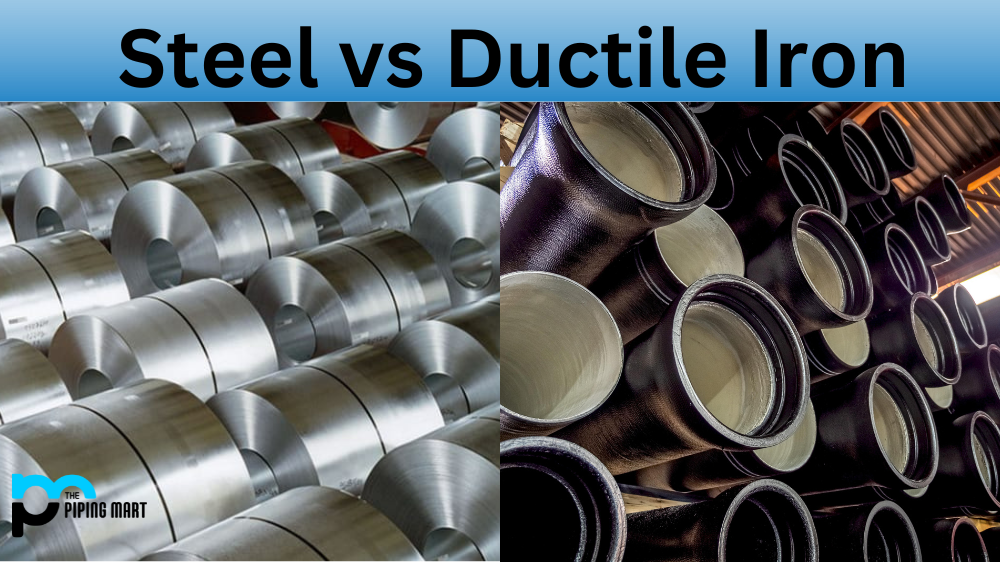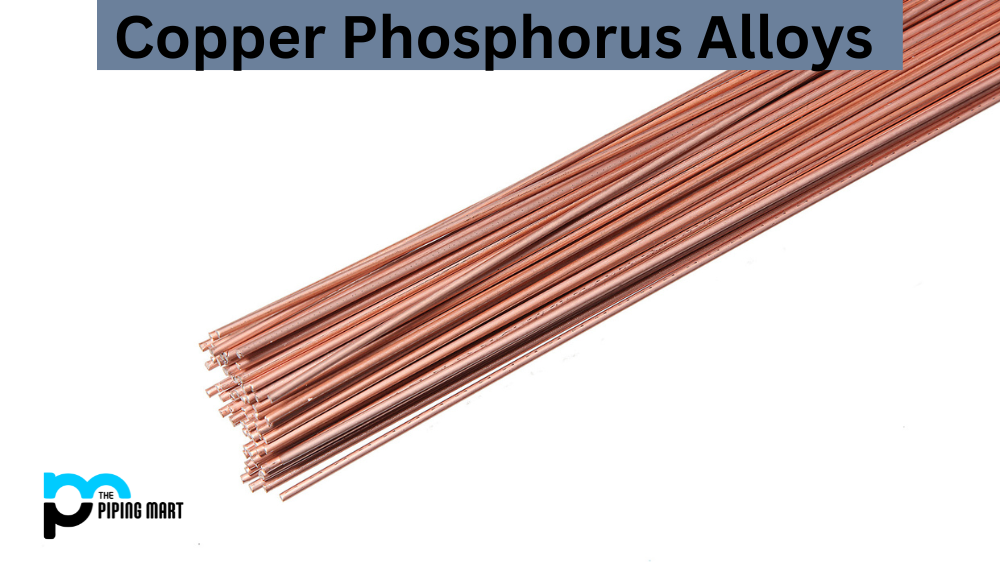Steel and ductile iron are popular materials used in engineering, construction, and industrial applications. But how do they compare? In this blog post, let’s take a closer look at the pros and cons of these two materials to help you decide which one is best for your project.
What is Steel?
Steel is an alloy made from iron ore that has been melted down, mixed with other elements such as carbon or manganese, and then cooled to form a solid material. It’s strong, durable, and corrosion-resistant—making it ideal for use in various applications such as buildings, bridges, automobiles, appliances and more. However, steel can be susceptible to cracking under extreme temperatures or heavy loads. It’s also more expensive than other materials due to the large amounts of energy required to produce it.
What is Ductile Iron?
Ductile iron is an alloy composed mostly of iron but with added magnesium and/or cerium. This combination makes it much more malleable than regular steel—meaning it can bend before breaking instead of shattering as steel would under duress. This makes it a great choice for any application where flexibility or high-stress resistance is necessary, such as pipelines or structural components that need to withstand constant movement or vibration. Additionally, ductile iron has superior corrosion resistance compared to regular steel, requiring less maintenance over time. However, ductile iron tends to be heavier than steel, making it less desirable for applications requiring lightweight components or structures.
Difference Between Steel and Ductile Iron
- Steel is an alloy of iron and carbon, while ductile iron is an alloy of iron, carbon, and silicon.
- Steel is stronger than ductile iron, but ductile iron is more ductile (malleable).
- Steel is more resistant to corrosion than ductile iron.
- Ductile iron is less brittle than steel and can thus withstand higher impact forces.
- Ductile iron is cheaper to produce than steel.
- Steel is used in various applications, including construction, automotive manufacturing, and shipbuilding, while ductile iron is used mainly in the construction industry.
Conclusion:
Both steel and ductile iron have their strengths and weaknesses when compared side by side. Steel offers superior strength but can be vulnerable to cracking under extreme conditions, while ductile iron provides greater flexibility but weighs more than its counterpart. Ultimately the decision between these two materials should come down to what your project needs most—strength or flexibility—as well as budget concerns since ductile iron tends to be slightly more expensive than steel due to the additional metals required in its production process. Whatever your decision, steel and ductile iron are reliable materials that can get the job done!

A passionate metal industry expert and blogger. With over 5 years of experience in the field, Palak brings a wealth of knowledge and insight to her writing. Whether discussing the latest trends in the metal industry or sharing tips, she is dedicated to helping others succeed in the metal industry.




